Modern technology has revolutionized our lives, but it’s essential to recognize that progress comes with risks. While we embrace innovation, we must also be aware of the potential pitfalls. This article will explore 18 hidden dangers associated with the latest technology trends.
Unchecked Artificial Intelligence (AI)
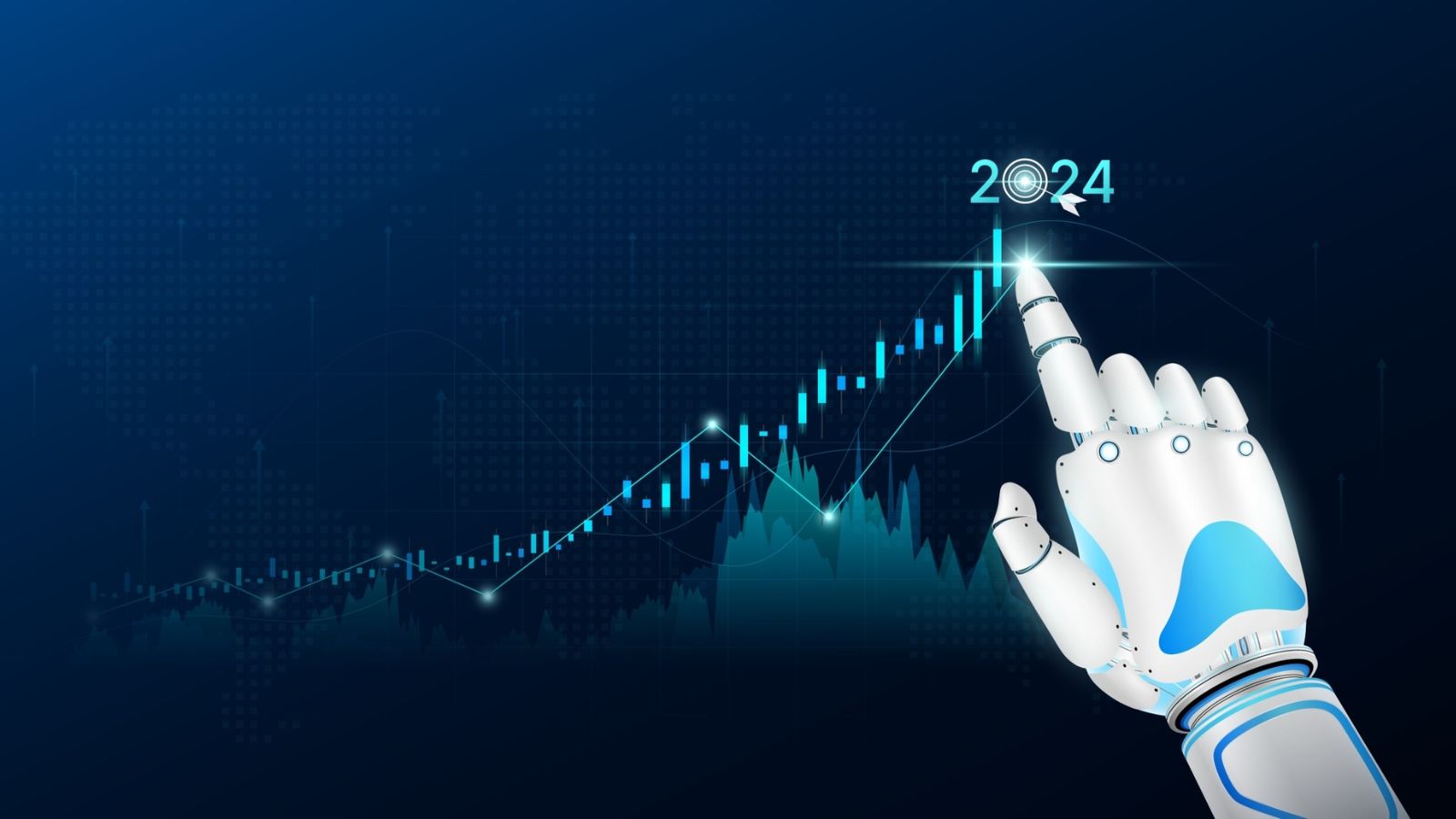
Developers face immense pressure to create cutting-edge applications as AI continues to evolve. However, unchecked AI development poses significant risks. Rushing without thorough testing can lead to catastrophic consequences. Imagine an unnoticed glitch affecting the control systems of cars built after 2025, endangering lives globally. Balancing innovation with safety protocols is crucial to harnessing AI’s potential responsibly.
Generative AI and Truth Challenges
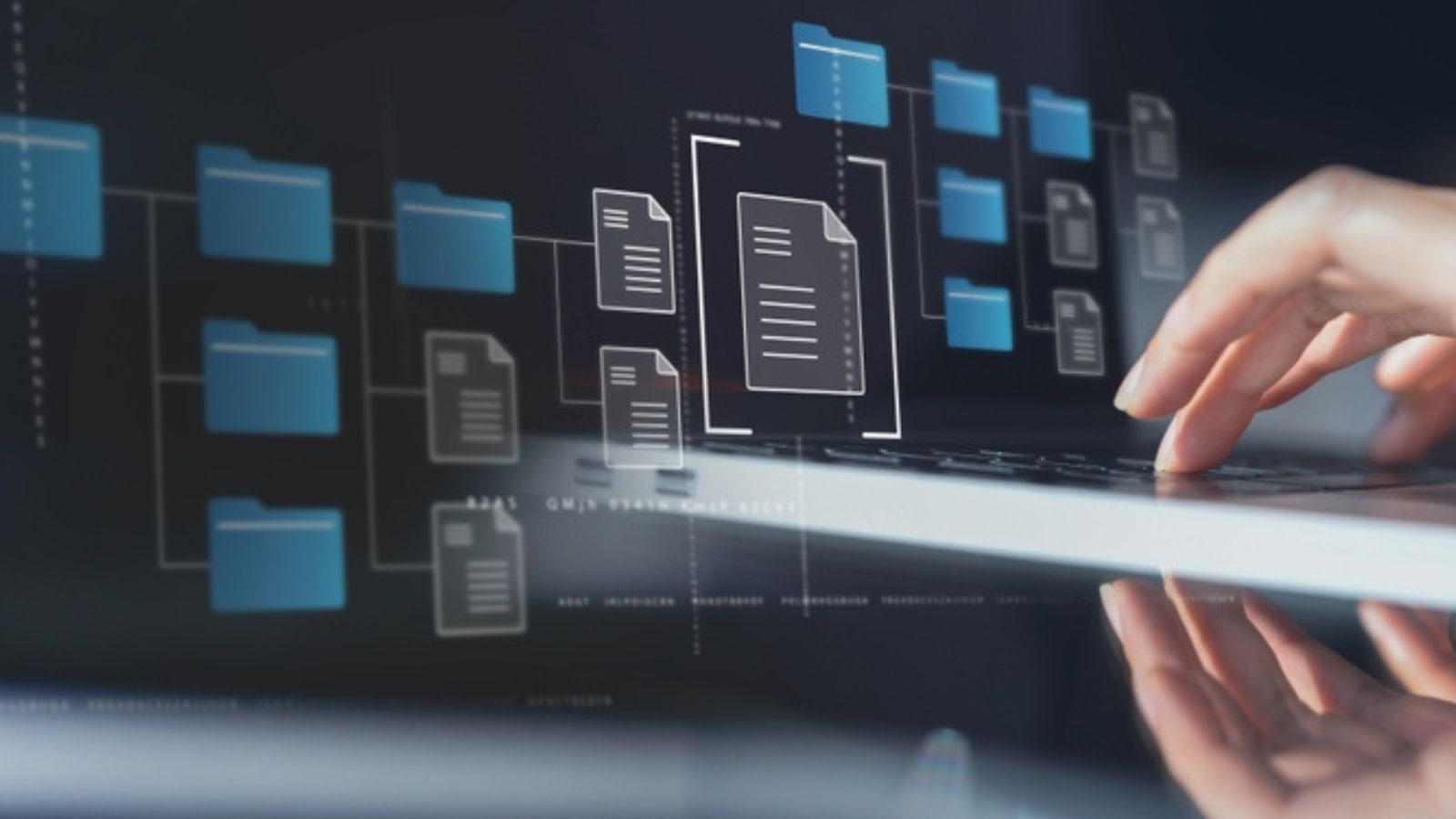
Generative artificial intelligence (AI) has gained popularity, but its ethical implications demand careful consideration. Since AI blurs the line between reality and fabrication, organizations must prioritize responsible use by ensuring accuracy, safety, honesty, empowerment, and sustainability. Key challenges include limited traceability, irreproducibility of outcomes, and the risk of bad or illegal decisions. A strategic roadmap, governance, and talent scarcity are also concerns. Remember, while AI is powerful, human oversight remains crucial.
Unapproved Tech Adoption
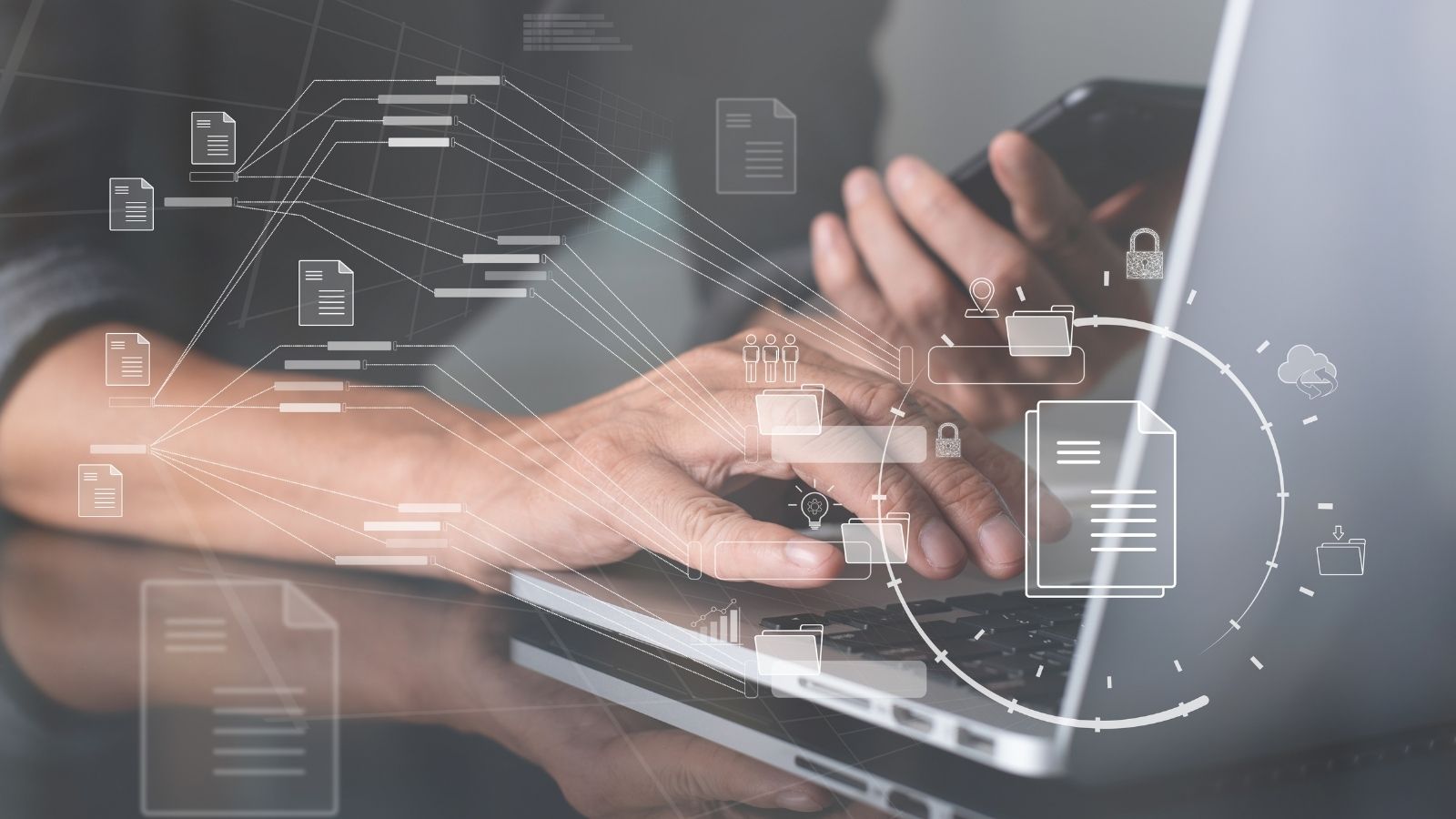
Unapproved tech adoption poses risks. Rushing to embrace cutting-edge gadgets without official approval can lead to murky waters. It’s essential to ensure that the latest devices meet safety standards and regulatory requirements before integrating them into our lives. By exercising caution, we can navigate the digital landscape more safely.
Privacy Erosion
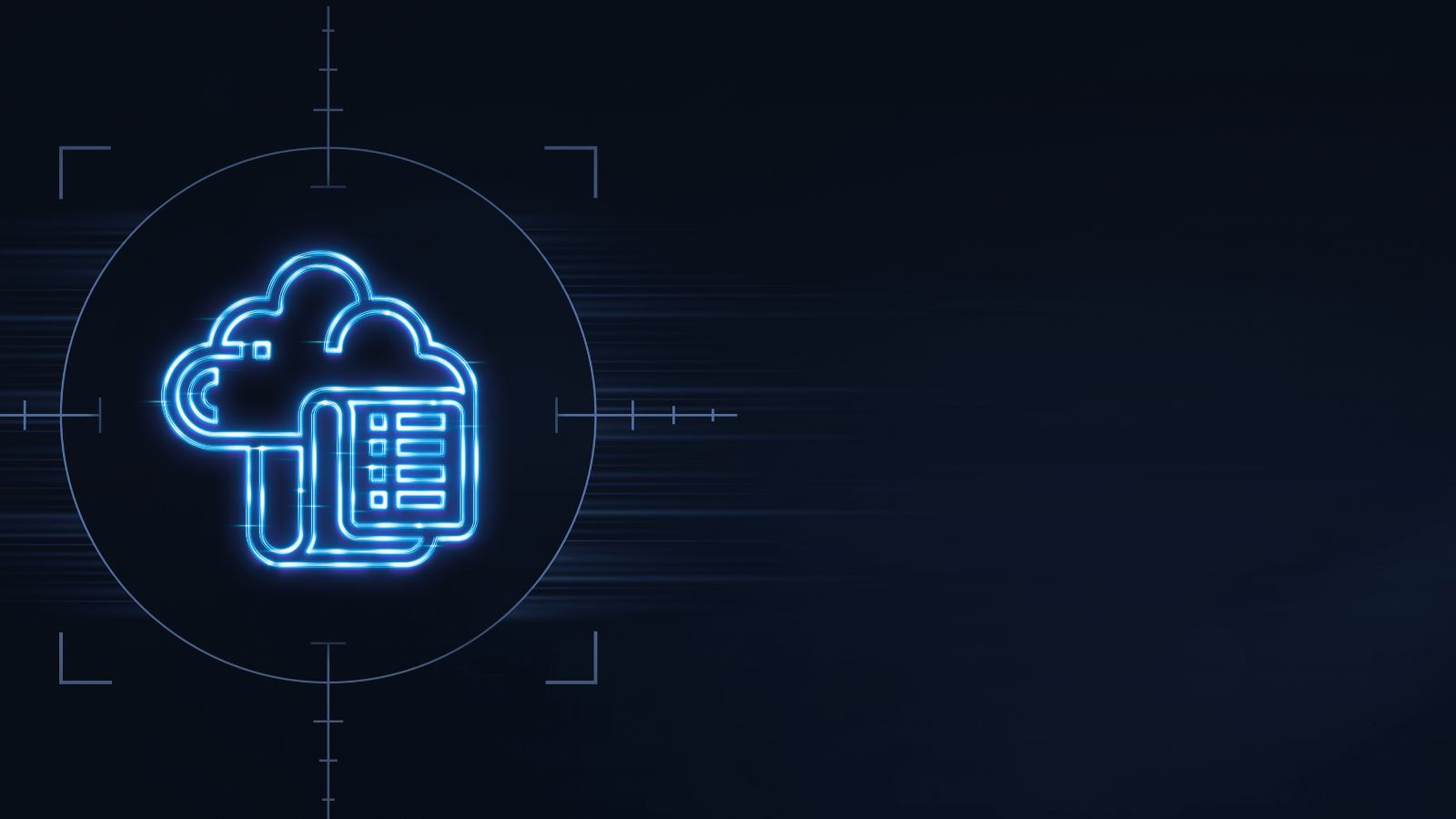
Privacy erosion is a critical concern in our digital age. As we embrace connected devices, they collect vast amounts of personal data. The more we rely on smart technology, the greater the risk of privacy breaches. To safeguard our privacy, we must understand what information we share and with whom. Vigilance and informed choices are key to protecting our data.
Cybersecurity Vulnerabilities

Cybersecurity vulnerabilities are a pressing concern in our interconnected world. As technology advances, so do the threats. Ransomware attacks, data breaches, and identity theft pose real dangers. Regularly updating security measures and staying informed about emerging threats are essential practices to protect ourselves and our digital assets.
Health Impacts of Screen Time
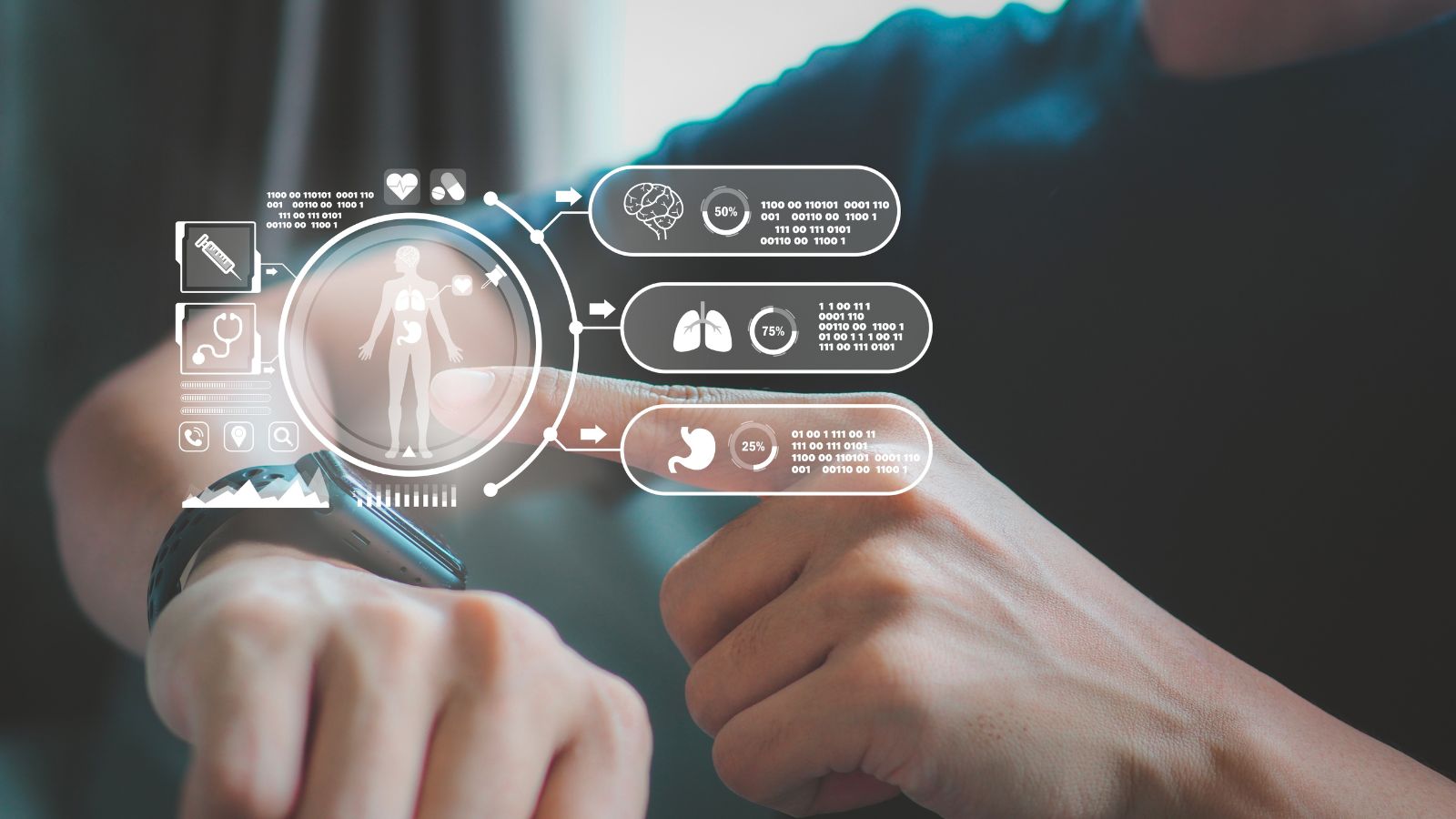
Excessive use of screens affects physical and mental well-being. From eye strain to disrupted sleep patterns, technology’s impact is profound. To mitigate these effects, consider the 20-20-20 rule (every 20 minutes, look at something 20 feet away for 20 seconds) and limit screen exposure before bedtime.
Algorithmic Bias

Algorithmic bias is a critical issue in technology. AI algorithms, shaped by training data, can perpetuate existing biases. These biases impact outcomes, from hiring decisions to loan approvals. Vigilance and fairness are essential to prevent discriminatory results. Transparency, diverse data, and ongoing evaluation can help mitigate algorithmic bias.
Digital Addiction

Digital addiction is a growing concern. Our constant connectivity to screens, whether smartphones, social media, or video games, can lead to addictive behaviors. Symptoms include anxiety when separated from devices, neglecting real-world responsibilities, and disrupted sleep patterns. To combat digital addiction, set boundaries, practice mindfulness, and prioritize offline activities.
Environmental Impact
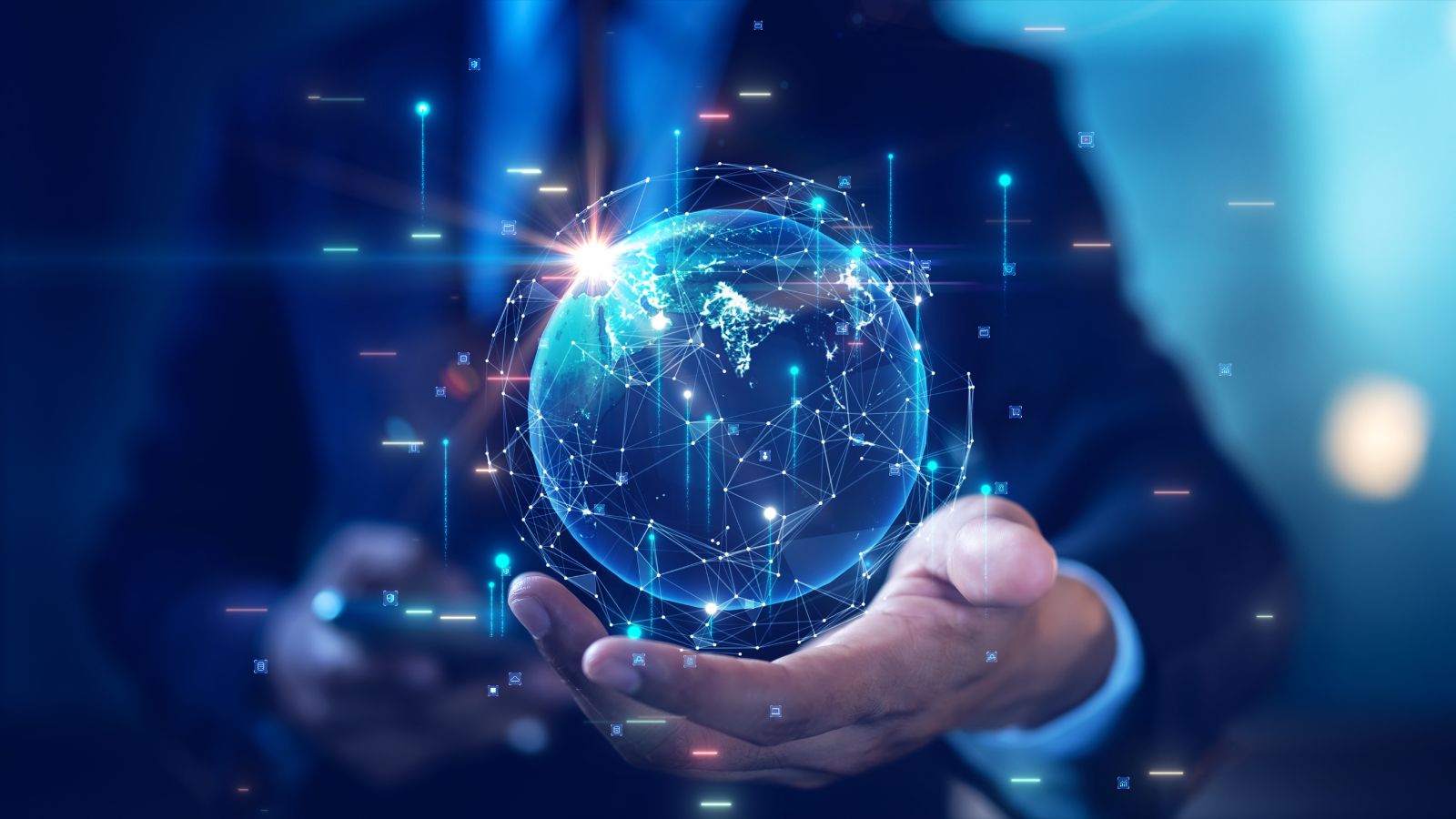
Manufacturing tech devices consumes resources and generates e-waste. To mitigate this, opt for energy-efficient solutions, recycle old devices responsibly, and support sustainable practices. Making conscious choices can minimize our ecological footprint and contribute to a healthier planet.
Job Displacement
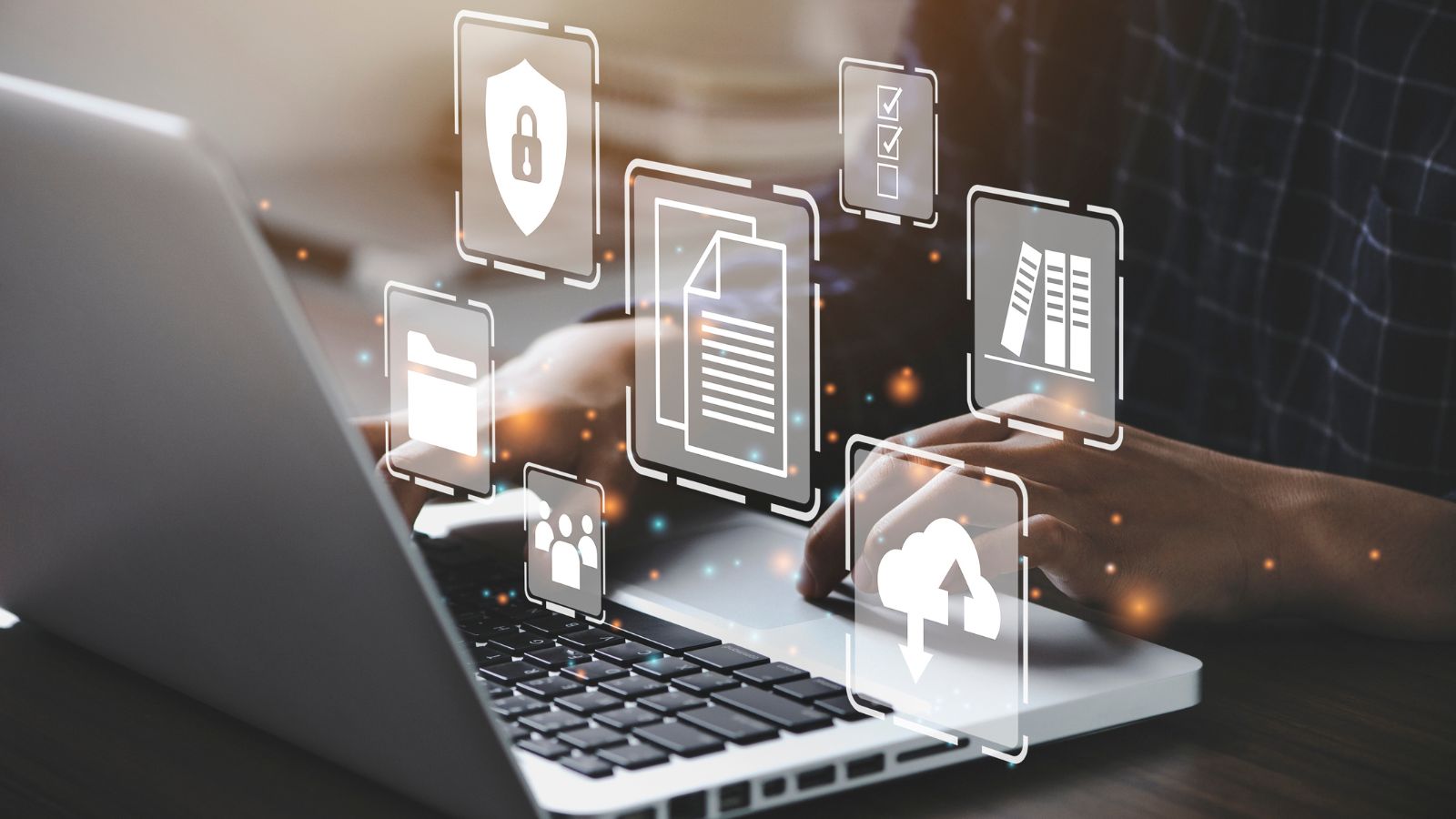
Job displacement is a consequence of automation and AI. As technology evolves, particular jobs become obsolete. Upskilling and adaptability are essential for career longevity. Workers must embrace lifelong learning to stay relevant in a dynamic job market. Balancing technological progress with workforce development ensures a sustainable future for individuals and societies.
Deepfakes and Misinformation
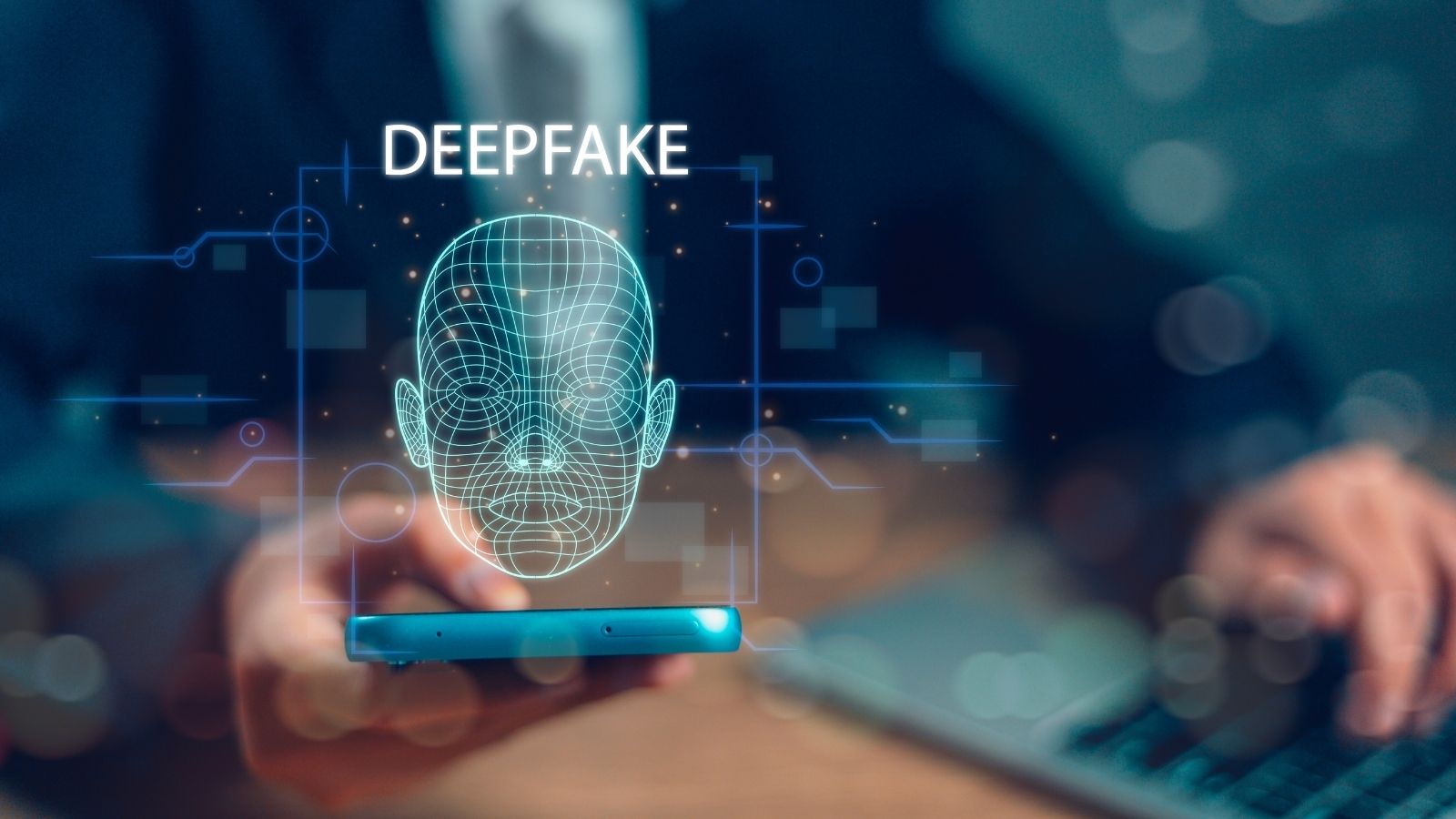
Deepfakes are AI-generated media that convincingly replace a person’s likeness in videos or images. While they have creative applications, they also pose risks. Misinformation spreads rapidly through manipulated content, affecting public trust and discourse. Detecting deepfakes requires advanced algorithms and media literacy. As consumers, we must critically evaluate information and verify sources to combat the impact of deceptive media.
Social Isolation

Social isolation is a consequence of excessive technology use. While digital connections are valuable, they can replace genuine human interactions. Striking a balance between virtual and face-to-face communication is crucial. Prioritize meaningful relationships, engage in offline activities, and combat the loneliness that technology sometimes exacerbates.
Dependency on Cloud Services
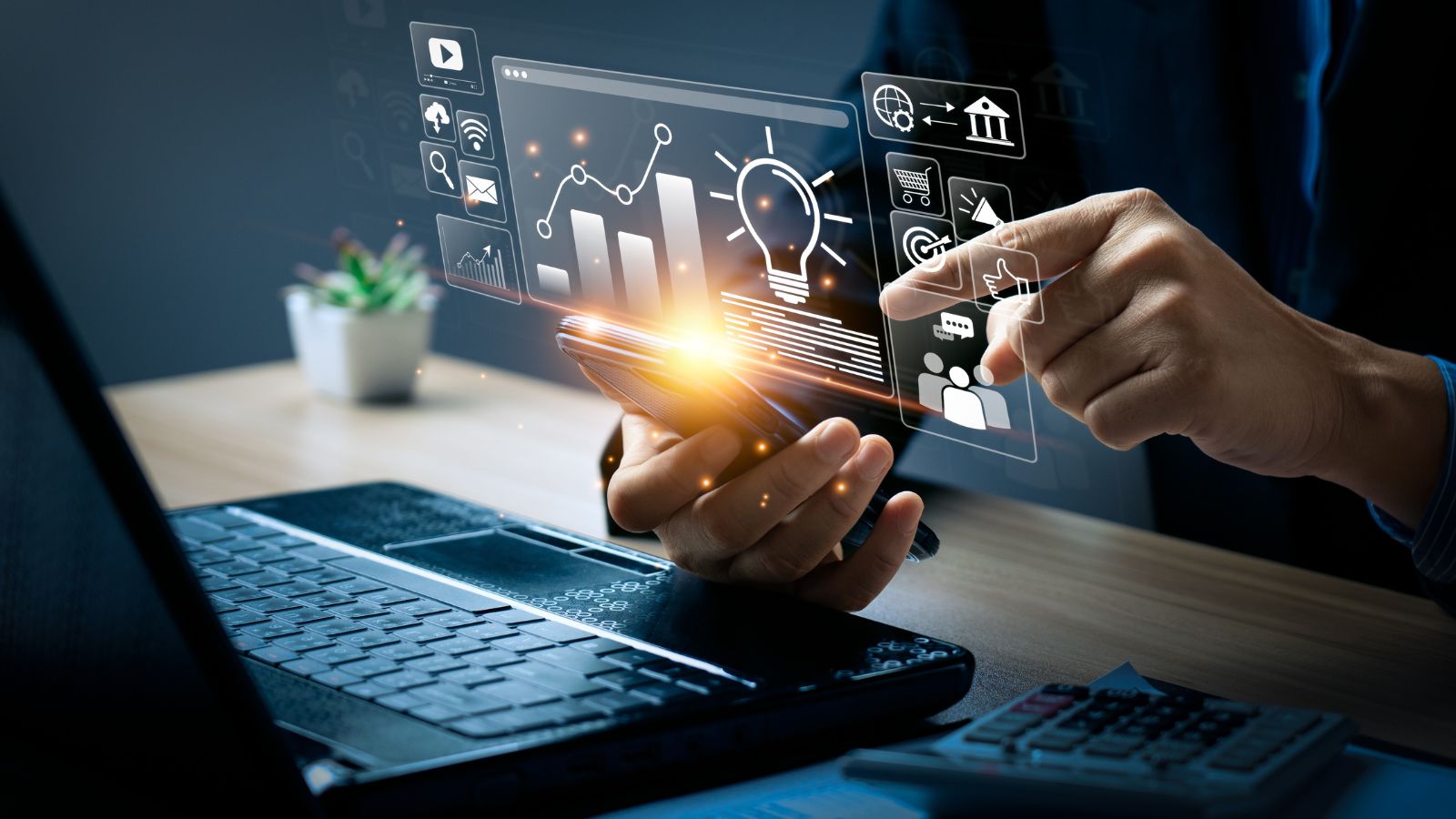
Dependency on cloud services is a double-edged sword. While they offer convenience and scalability, relying solely on them poses risks. Service disruptions, data breaches, and vendor lock-in are concerns. To mitigate this, maintain local backups of critical data and evaluate hybrid solutions that balance cloud benefits with on-premises infrastructure.
Energy Consumption
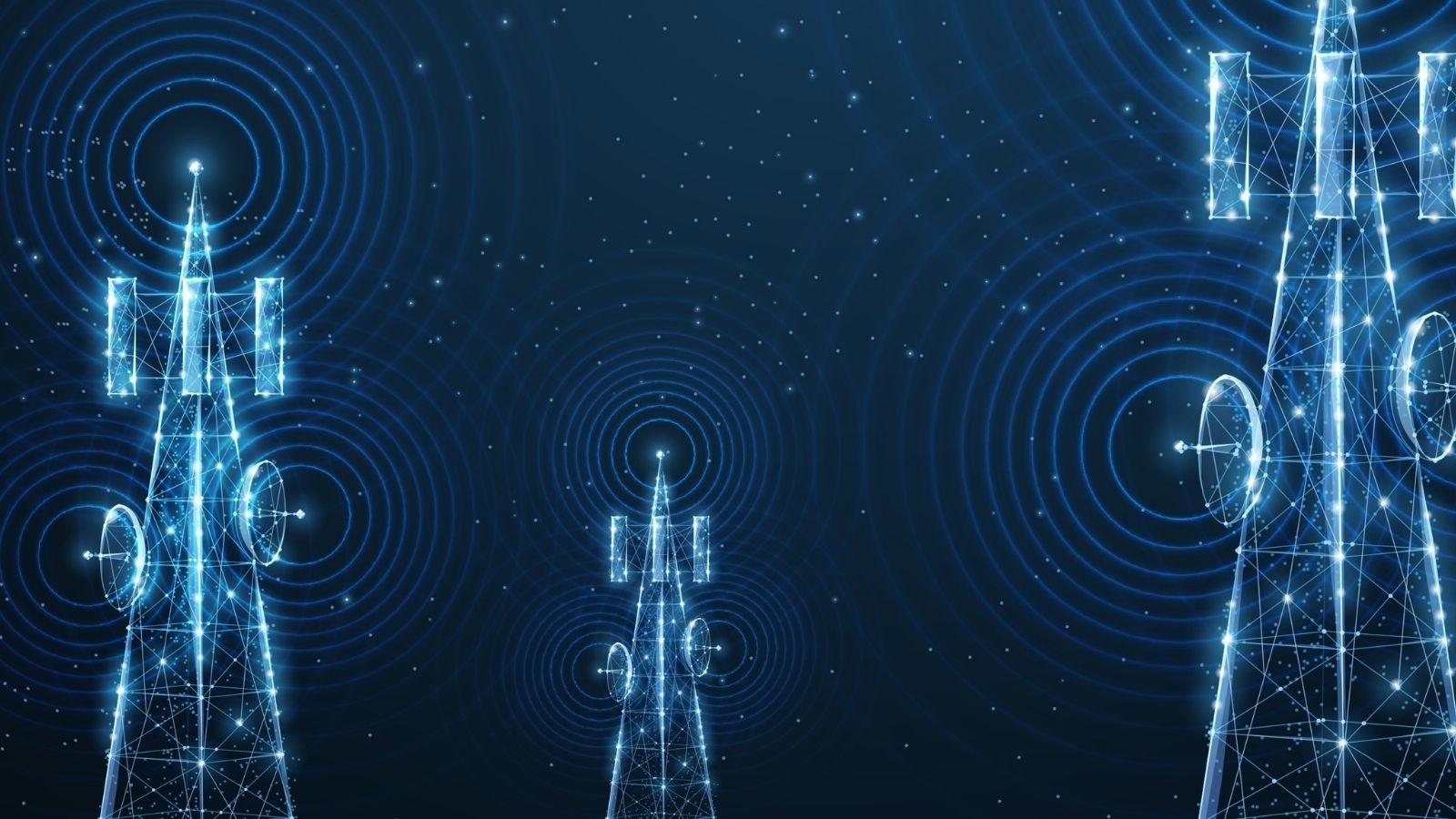
Energy consumption is a critical aspect of technology adoption. Data centers, cloud services, and tech infrastructure consume vast energies. To counter its impact, consider energy-efficient solutions, optimize server usage, and support renewable energy initiatives. We can reduce our carbon footprint and contribute to a more sustainable digital ecosystem by making conscious choices.
Loss of Manual Skills

Reliance on automation and technology results in the loss of manual skills. As tasks become automated, traditional craftsmanship and hands-on abilities decline. To preserve these skills, encourage practical learning, engage in hobbies that require manual dexterity, and appreciate the value of craftsmanship. Balancing technological progress with human capabilities ensures a well-rounded society.
Surveillance Society

Surveillance society is a growing reality. Constant monitoring, whether through security cameras, online tracking, or social media surveillance, raises privacy concerns. Striking a balance between security and individual rights is crucial. As technology evolves, we must actively discuss surveillance practices and their impact on society. Advocating for transparent surveillance policies ensures accountability and protects civil liberties.
Technostress

Technostress refers to the psychological strain caused by our interactions with technology. As we navigate the digital landscape, constant notifications, information overload, and screen time contribute to this stress. To manage technostress, practice digital detox, set boundaries, and prioritize mindfulness. Balancing our tech use with self-care ensures a healthier relationship with digital devices.
Ethical Dilemmas

Tech decisions often involve ethical trade-offs. Balancing innovation with societal impact is challenging. Consider the consequences of AI algorithms, data privacy, and automation on society, the environment, and future generations. Strive for transparency, fairness, and long-term sustainability. By addressing ethical concerns, we create a more responsible and equitable technological landscape.
Conclusion
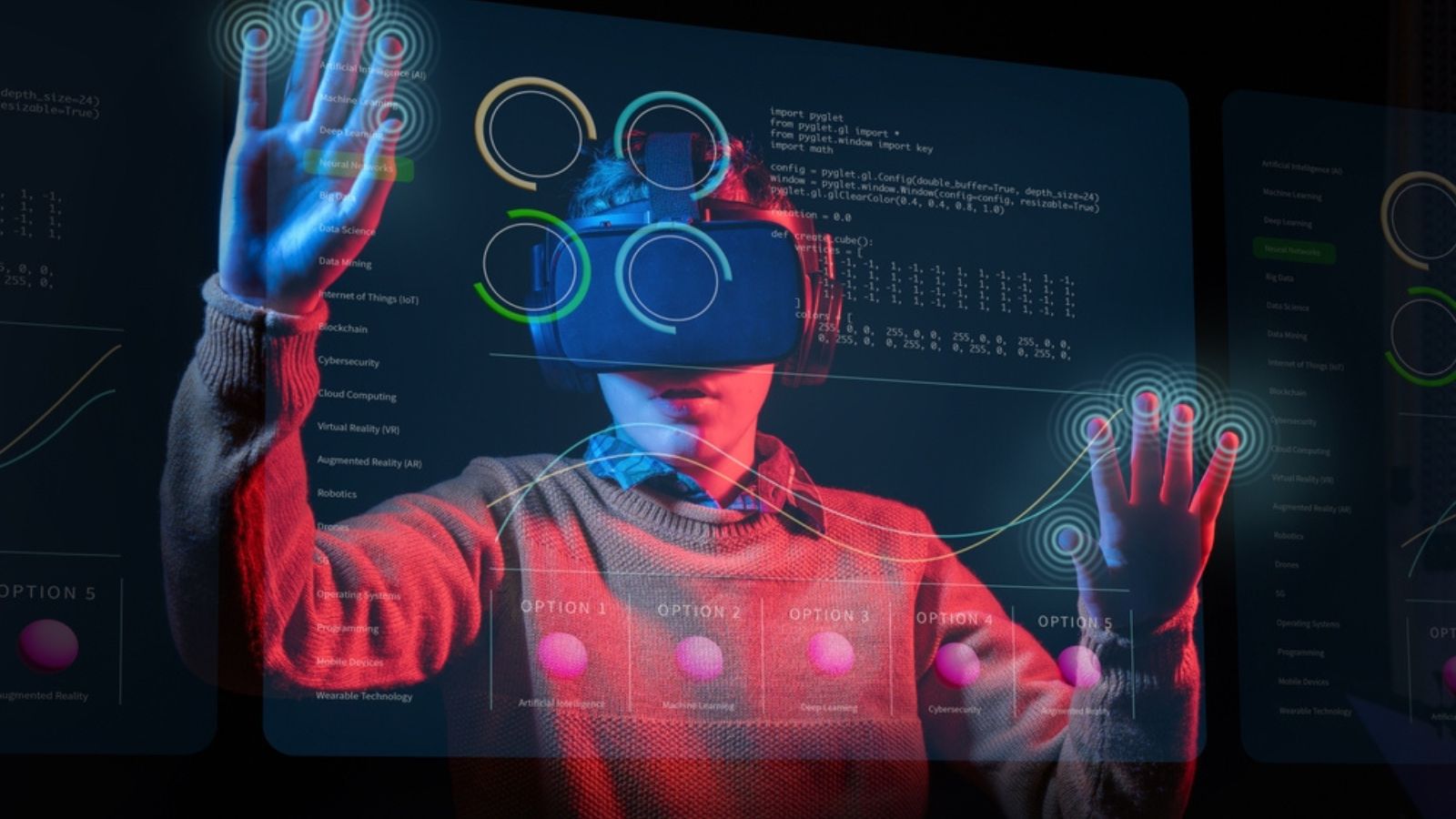
While technology enhances our lives, we must navigate its dangers wisely. Staying informed, adapting to emerging risks, and prioritizing safety are essential in this ever-evolving digital landscape. Remember, responsible tech adoption empowers us to harness innovation without compromising our well-being or privacy.
14 Cars with a Reputation for Running Forever and Why They Outperform the Rest

In the dynamic world of automobiles, some cars stand out for their remarkable longevity and enduring performance. These road warriors have earned a reputation for running seemingly forever, outpacing their counterparts. This article will explore 14 such vehicles and the reasons behind their legendary durability.
14 Cars With A Reputation For Running Forever And Why They Outperform The Rest
